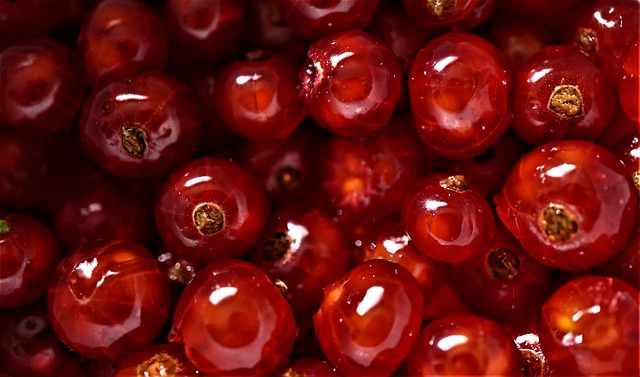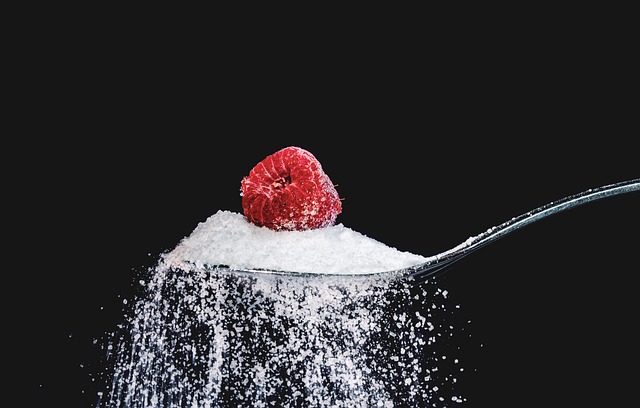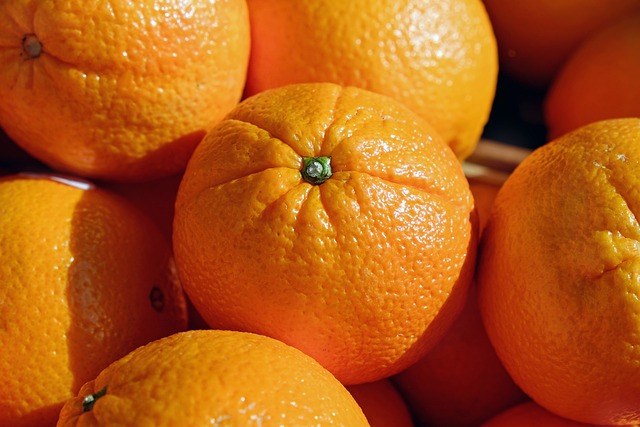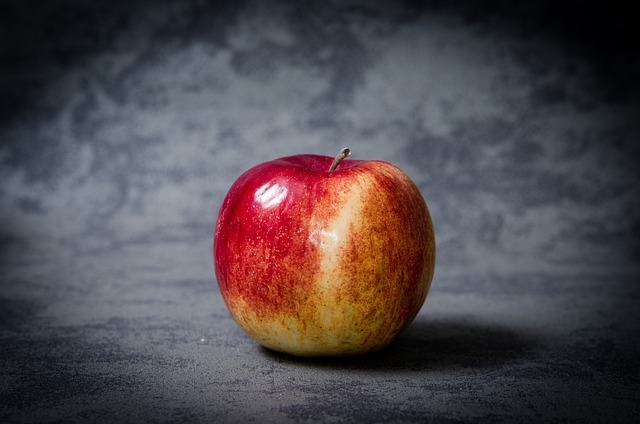The Ultimate Guide to Prebiotics and Probiotics: What You Need to Know
Introduction
When it comes to gut health, you may have heard about prebiotics and probiotics. These two terms are often used interchangeably, but they play different roles in maintaining a healthy digestive system. In this ultimate guide, we’ll explore the world of prebiotics and probiotics, their benefits, sources, and the best ways to incorporate them into your diet.
What Are Prebiotics?
Prebiotics are a type of fiber that cannot be digested by the human body. Instead, they act as food for the beneficial bacteria, known as probiotics, in our gut. By nourishing these good bacteria, prebiotics promote their growth and activity, ultimately leading to a healthier gut environment.
Some examples of common prebiotic foods include:
- Garlic
- Onions
- Leeks
- Asparagus
- Bananas
- Apples
- Chicory root
Incorporating prebiotic-rich foods into your daily diet can help support the growth of beneficial bacteria in your gut, leading to improved digestion, enhanced nutrient absorption, and reinforced immune function.
What Are Probiotics?
Probiotics, on the other hand, are live bacteria and yeasts that are beneficial for our digestive system. They can be found in certain foods, beverages, and dietary supplements. Probiotics work by boosting the population of good bacteria in our gut and inhibiting the growth of harmful bacteria.
Some common sources of probiotics include:
- Yogurt
- Kefir
- Sauerkraut
- Kimchi
- Miso
- Tempeh
Consuming foods or supplements with probiotics can help maintain a healthy balance of gut bacteria, improve digestion, alleviate symptoms of certain digestive disorders, and boost overall immune function.
The Relationship Between Prebiotics and Probiotics
Prebiotics and probiotics work hand in hand to keep our gut healthy. Prebiotics provide the necessary fuel and support for the growth and activity of probiotics. By consuming prebiotic-rich foods, we create an environment in our gut that allows probiotics to thrive and exert their beneficial effects.
Furthermore, consuming both prebiotics and probiotics together can have a synergistic effect, enhancing the overall benefits to our digestive system. This combination is often referred to as synbiotics.
How to Incorporate Prebiotics and Probiotics into Your Diet
Adding prebiotics and probiotics to your diet doesn’t have to be complicated. Here are some simple tips to help you incorporate them into your daily routine:
- Include prebiotic foods such as garlic, onions, and bananas in your meals.
- Opt for yogurt and kefir as snacks or as part of your breakfast.
- Experiment with fermented foods like sauerkraut, kimchi, and miso in your recipes.
- Consider taking a high-quality probiotic supplement if you’re unable to obtain enough probiotics from food sources alone.
- Diversify your diet by including a wide variety of fruits, vegetables, whole grains, and legumes.
Remember, consistency is key. It may take some time for your gut to adapt to the new additions, so be patient and give it a chance to rebalance.
Conclusion
Prebiotics and probiotics play crucial roles in maintaining a healthy gut. They work together to support digestion, enhance nutrient absorption, and strengthen the







